Revolutionary Accidental Inventions That Changed the Course of History
Throughout history, countless inventions have emerged not from intentional design, but from happy accidents. These unforeseen discoveries have profoundly shaped the world, influencing everything from medicine and food to technology and entertainment.
Often, these innovations arose from a mix of curiosity, experimentation, and happenstance, leading to groundbreaking advancements that continue to impact our daily lives. This article explores some of the most remarkable accidental inventions that have revolutionized our world.
The Invention of Popsicles

Popsicles, a favorite summer treat, were accidentally invented by 11-year-old Frank Epperson in 1905. While making fruit-flavored soda, he left the mixture outside overnight with a stirring stick still in it. The cold temperatures froze the concoction, creating the first popsicle.
Years later, Epperson began selling this accidental invention, which became a hit with children and adults alike, spreading joy across generations.
The Birth of Chocolate Chip Cookies
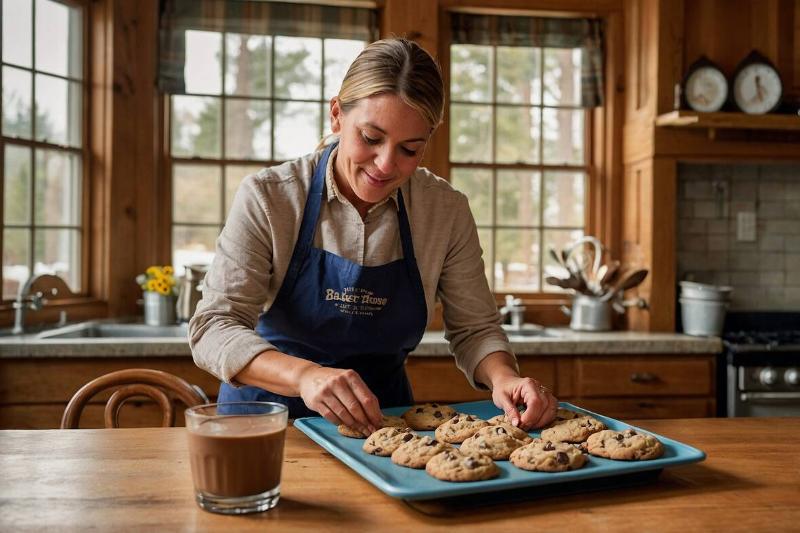
Chocolate chip cookies, now a staple in households worldwide, were invented by chance at the Toll House Inn in 1936. Ruth Graves Wakefield, who co-owned the inn, intended to bake chocolate cookies but ran out of baker's chocolate.
Using sweetened chocolate pieces instead, she was surprised when they remained intact during baking. This happy accident led to a deal with Nestlé and the rise of one of the most beloved cookies ever created.
Discovery of Penicillin
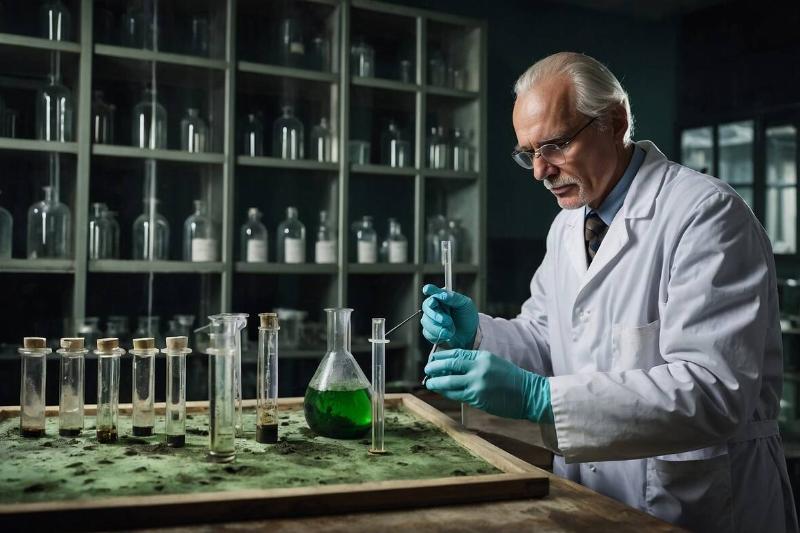
Penicillin, the groundbreaking antibiotic, was discovered by Scottish scientist Sir Alexander Fleming in 1928. While searching for a universal remedy, he noticed a mold, Penicillium notatum, inhibiting bacterial growth in a forgotten Petri dish.
This chance observation led to the isolation of penicillin, revolutionizing medicine by providing an effective treatment for bacterial infections, saving countless lives, and opening the door to modern antibiotics.
Development of the Microwave Oven
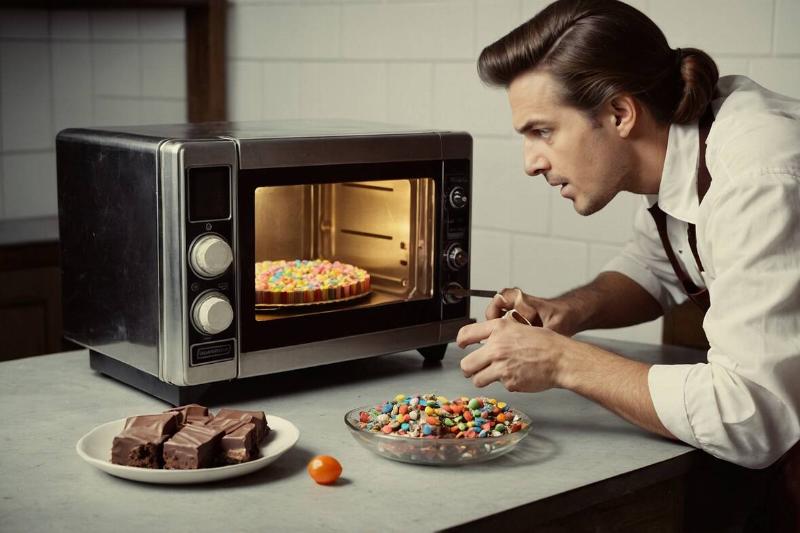
The microwave oven, a kitchen staple, was an accidental invention by Percy Spencer in 1946. While working on radar technology for Raytheon, Spencer noticed a candy bar melting in his pocket near an active magnetron tube.
Intrigued, he experimented with popcorn, witnessing it pop due to microwave energy. This serendipitous discovery led to the development of the first microwave oven, transforming how we prepare and heat food.
The Accidental Creation of Wheaties

Wheaties, a popular breakfast cereal, was born from a kitchen mishap at the Washburn Crosby Company in the early 1920s. While preparing a batch of bran gruel, a cook accidentally spilled some onto a hot stove, creating crispy flakes.
Recognizing their potential, the company refined the process, ultimately launching Wheaties. This unintentional innovation provided a tasty and nutritious breakfast option that has endured for generations.
The Origin of the Slinky Toy
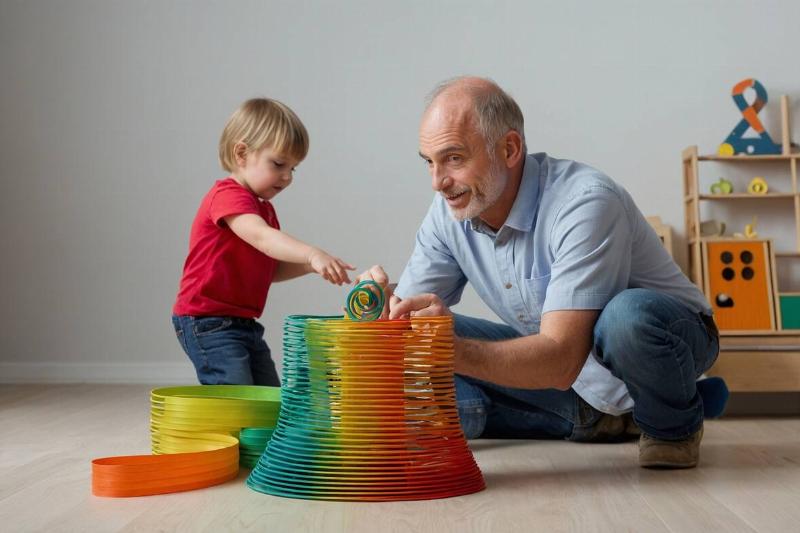
The Slinky, an enduringly popular toy, was created by naval engineer Richard Jones in 1943. While designing a meter to measure battleship power, he accidentally knocked a tension spring off a shelf.
To his surprise, the spring "walked" down several steps. Recognizing its potential as a toy, Jones refined the design, and the Slinky quickly became a must-have item, delighting children with its simple yet captivating movement.
The Creation of Coca-Cola
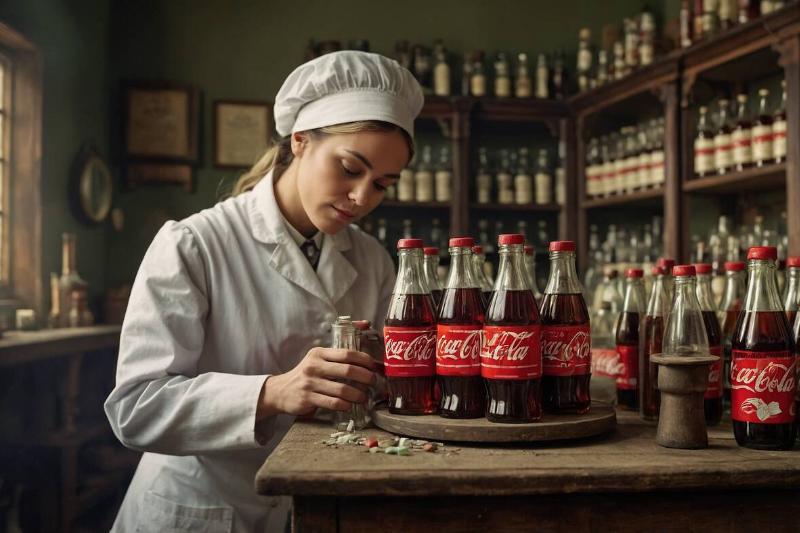
Coca-Cola, one of the world's most iconic beverages, was born from a serendipitous mistake. In 1885, pharmacist John Pemberton aimed to concoct a tonic for headaches and anxiety using coca extract and wine.
However, when Atlanta banned alcohol, he had to rethink his recipe. By substituting carbonated water for wine, Pemberton inadvertently crafted the first iteration of Coca-Cola, laying the foundation for a global phenomenon enjoyed by millions today.
The Creation of Stainless Steel
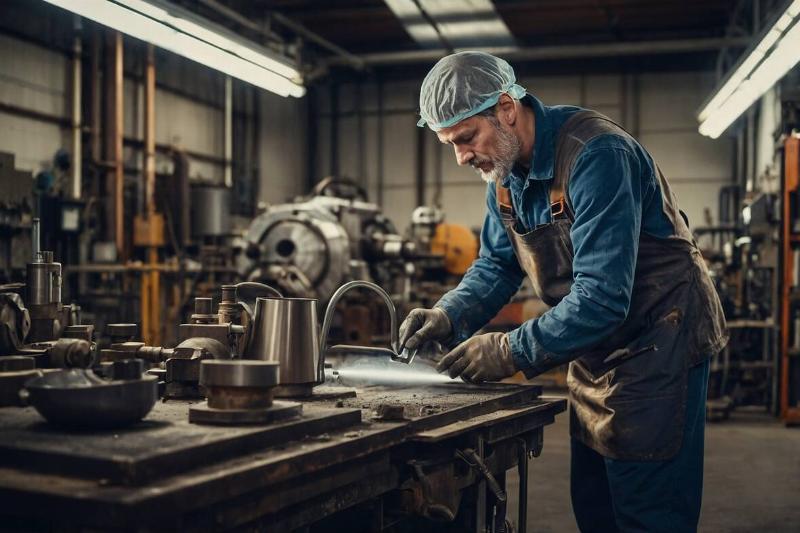
Stainless steel, a critical material in various industries, was discovered by Harry Brearly in 1912. Attempting to develop gun barrels resistant to wear, Brearly experimented with steel alloys. He found a sample containing chromium that hadn't rusted in his discard pile.
This unintended discovery revealed that chromium forms a protective layer, preventing rust. Stainless steel's durability and resistance to corrosion have since revolutionized fields from construction to culinary arts.
Discovery of Viagra's Alternative Use
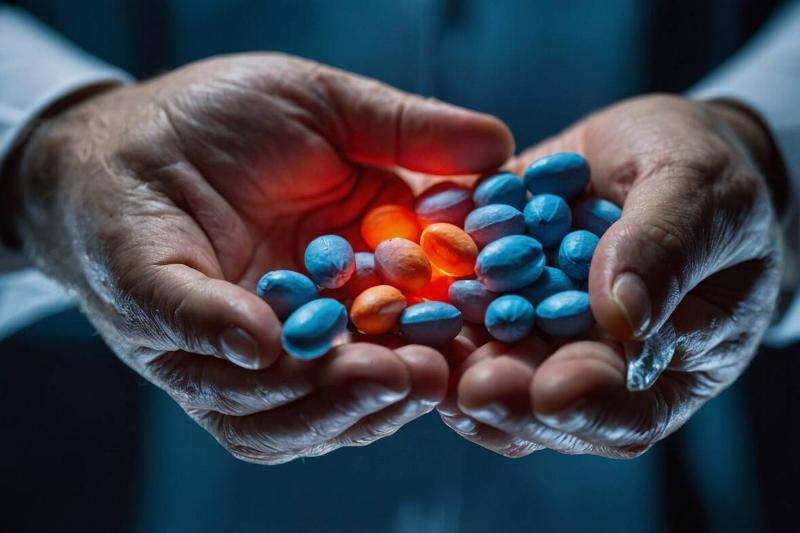
Viagra, initially developed by Pfizer to treat high blood pressure, revealed an unexpected benefit during clinical trials. While its efficacy for hypertension was minimal, male participants reported improved erectile function.
Recognizing this unforeseen side effect, Pfizer pivoted its focus, leading to Viagra's approval in 1998 as a treatment for erectile dysfunction. This accidental discovery transformed it into a blockbuster drug, significantly impacting men's health and well-being.
The Sweet Invention of Saccharin
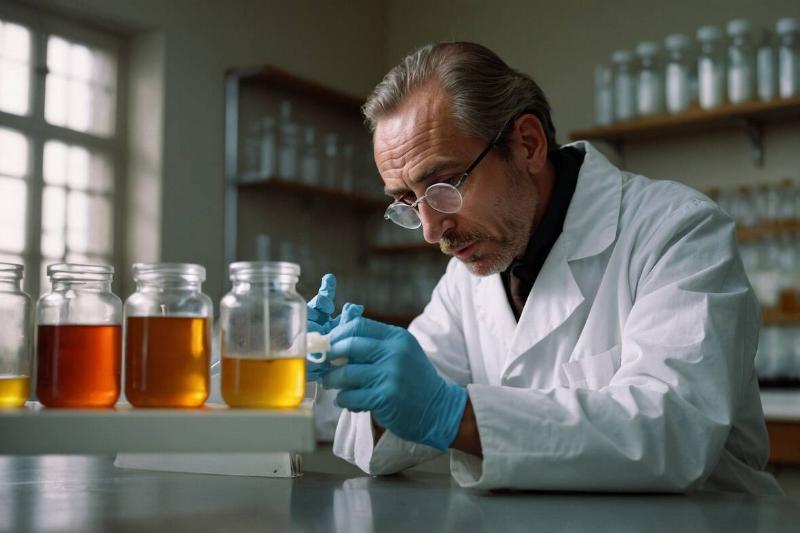
Saccharin, an artificial sweetener, was discovered by accident in 1879 by researcher Constantine Fahlberg. While working with coal tar derivatives at Johns Hopkins University, Fahlberg noticed an unusually sweet taste on his fingers during dinner.
Tracing the sweetness back to his lab work, he identified saccharin as the source. This serendipitous discovery introduced a sugar substitute that remains widely used today, especially in diet and low-calorie products.
The Creation of Post-It Notes

Post-It Notes, a ubiquitous office supply, were invented by 3M researchers Spencer Silver and Art Fry. In 1968, Silver developed a reusable adhesive, but struggled to find a use. Years later, Fry, needing a bookmark that wouldn't slip, recalled Silver's adhesive.
This collaboration led to the creation of Post-It Notes, launched in 1980. This accidental invention revolutionized how people organize, communicate, and collaborate, becoming an essential tool worldwide.
The Birth of Corn Flakes
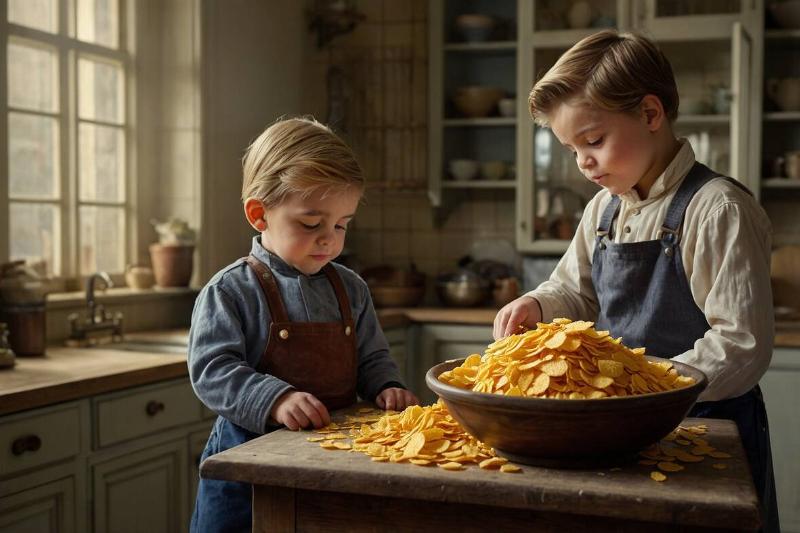
Corn flakes, a breakfast staple, emerged from a culinary accident by John and Will Kellogg in 1898. While boiling grains to make granola, they inadvertently left a pot unattended for days. Upon returning, they found a dried, flaky mixture.
By removing mold and refining the process, they developed corn flakes, launching a cereal revolution. This serendipitous creation laid the foundation for the Kellogg brand and transformed the breakfast industry.
The Invention of Dynamite
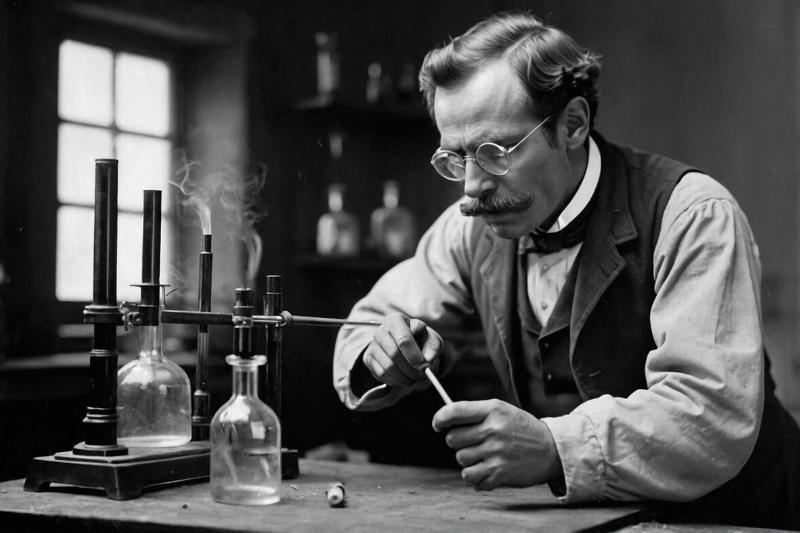
Dynamite, a powerful explosive, was invented by Alfred Nobel in the 1860s following a laboratory accident. While working with nitroglycerin, Nobel discovered that kieselguhr, a sedimentary rock, could safely absorb the volatile liquid without reducing its explosive power.
This discovery enabled Nobel to stabilize nitroglycerin, leading to the creation of dynamite. This invention transformed industries such as construction and mining, while Nobel's legacy endures through the Nobel Prizes.
The Discovery of Matches
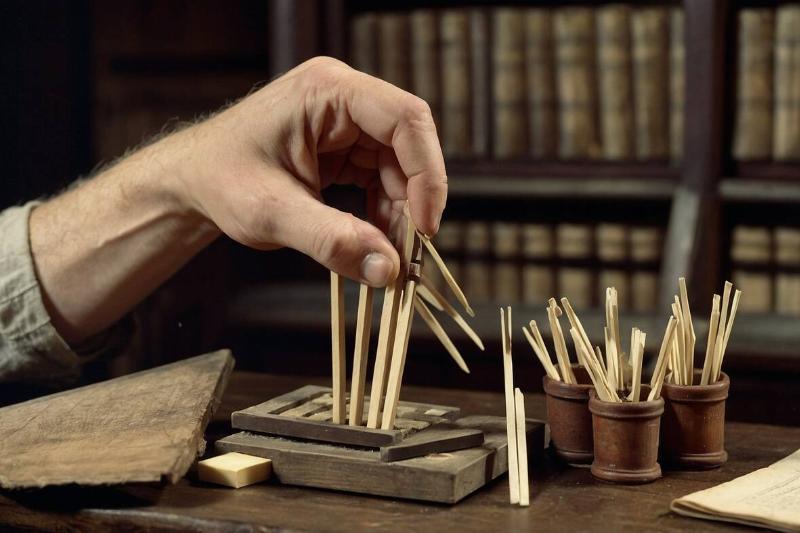
Matches, a convenient fire-starting tool, were discovered by English chemist John Walker in 1826. While stirring a pot of chemicals, Walker noticed a dried lump on his mixing stick. When he scraped it off, it ignited.
Recognizing its potential, Walker developed "friction lights" and began selling them. This accidental discovery provided a simple and reliable method for igniting fires, revolutionizing daily life by offering a portable and efficient fire source.
Discovery of Anesthesia
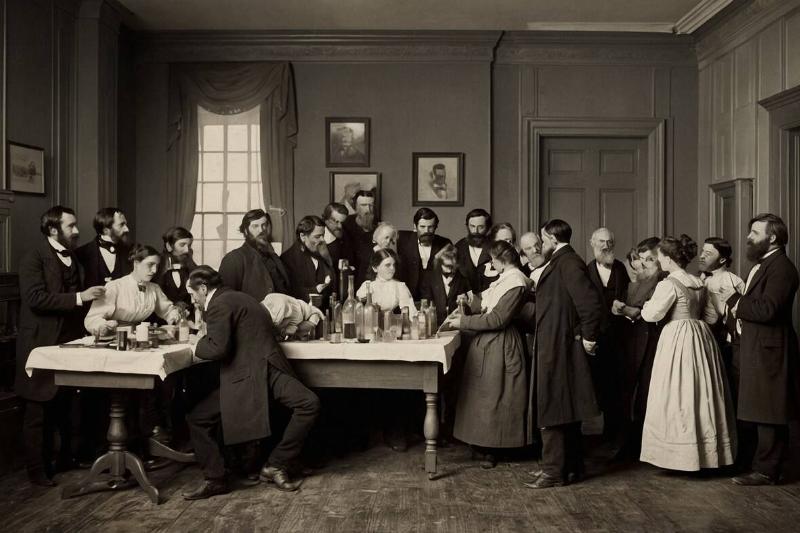
Anesthesia, a critical component of modern surgery, was discovered through the independent observations of Crawford Long, William Morton, Charles Jackson, and Horace Wells in the mid-1800s.
These pioneers noticed that ether and nitrous oxide could induce insensitivity to pain. Their insights, partly derived from "laughing parties" where such gases were recreationally inhaled, led to the development of anesthesia, transforming surgical procedures and drastically reducing patient suffering.
Discovery of X-Rays
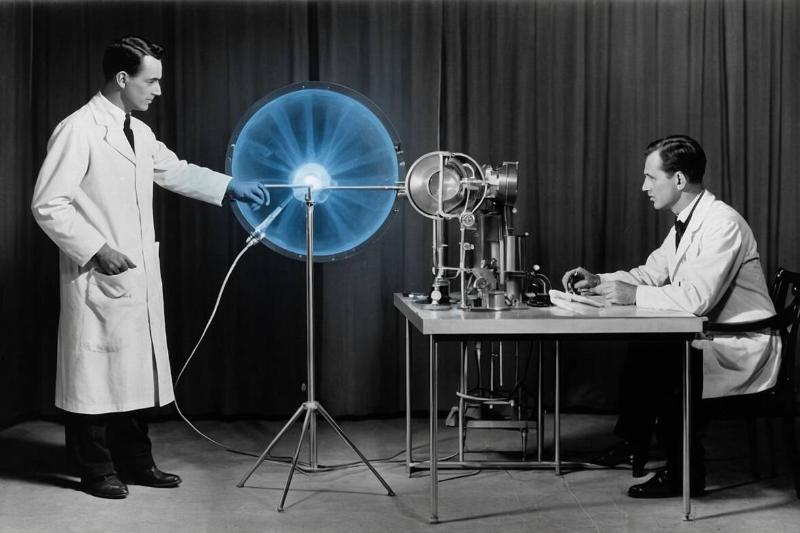
X-rays, a pivotal tool in medical diagnostics, were discovered by German physicist Wilhelm Röntgen in 1895. While experimenting with cathode-ray tubes, he noticed a nearby chemical glowing despite being enclosed in black cardboard.
Intrigued, Röntgen tested the rays on his wife's hand, revealing her bones. Dubbed "X-rays" for their mysterious nature, this accidental discovery revolutionized medicine, allowing for non-invasive internal imaging and advancing scientific understanding.
The Invention of Silly Putty
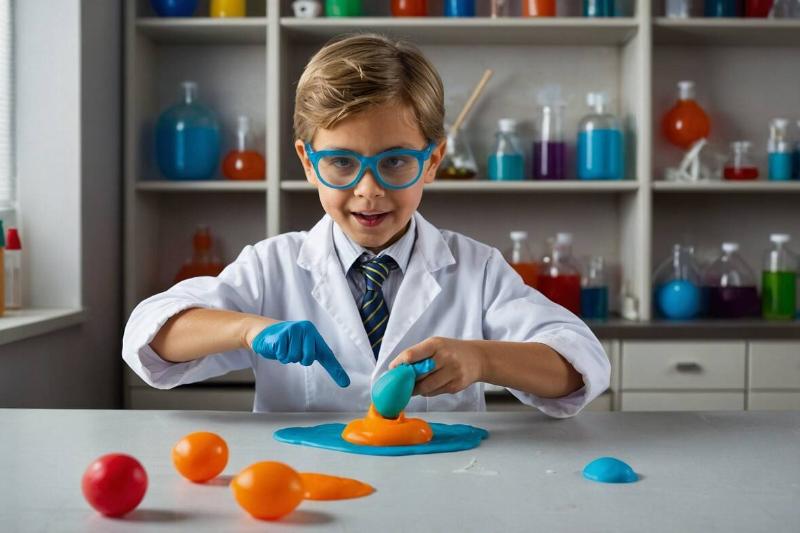
Silly Putty, a beloved children's toy, was invented by James Wright of General Electric during WWII. Tasked with finding a rubber substitute, Wright mixed silicon oil with boric acid, creating a stretchy, bouncy substance.
Although it lacked military applications, this gooey material found success as a toy, captivating children with its unique properties. Silly Putty's accidental invention demonstrated how playful experimentation can lead to unexpected joy and entertainment.
The Development of the Pacemaker
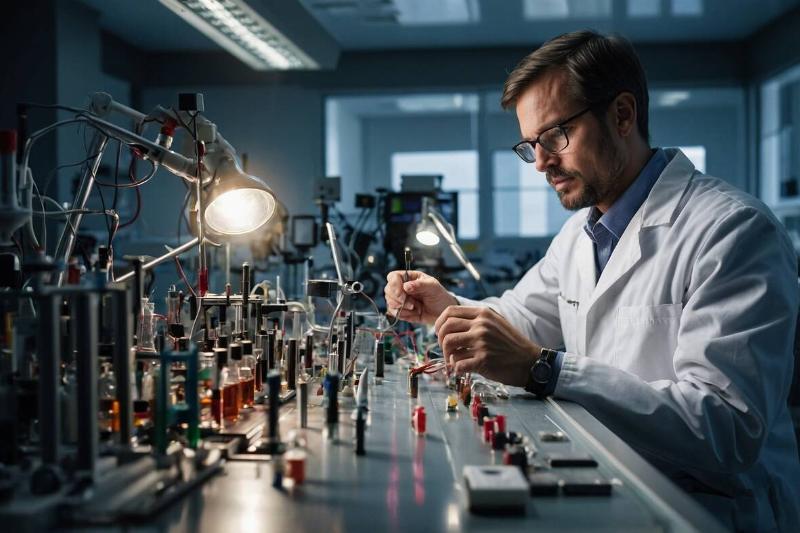
The pacemaker, a life-saving medical device, was developed by electrical engineer John Hopps in the 1950s. While researching hypothermia and using radio frequency heating to revive body temperature, Hopps discovered that electrical impulses could restart the heart.
This accidental finding led to the creation of the first artificial pacemaker, revolutionizing cardiac care and extending countless lives by helping regulate heart rhythms and preventing cardiac arrest.
The Birth of Ice Cream Cones
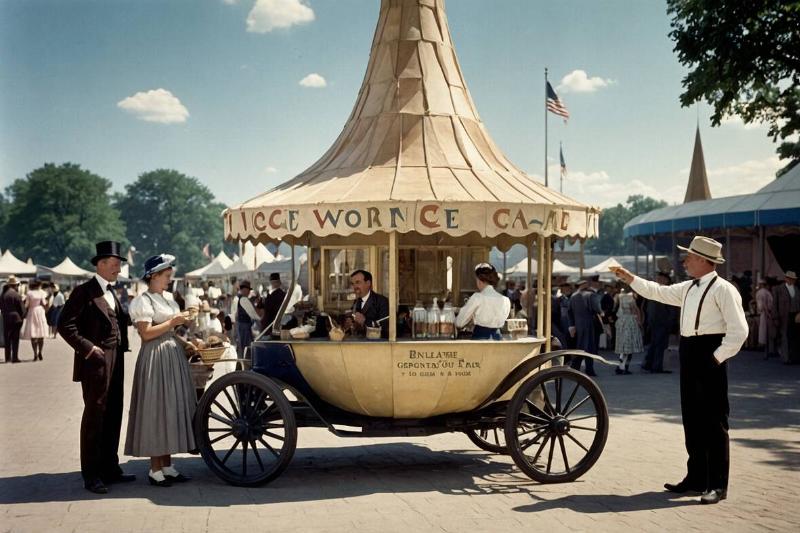
Ice cream cones, an iconic treat holder, were born at the 1904 St. Louis World's Fair. When an ice cream vendor ran out of dishes, neighboring waffle vendor Ernest Hamwi rolled a waffle to hold the ice cream.
This spontaneous collaboration created the first ice cream cone, offering a convenient and edible solution. The innovation quickly caught on, becoming a staple of ice cream culture and enhancing the dessert experience.
The Creation of Potato Chips
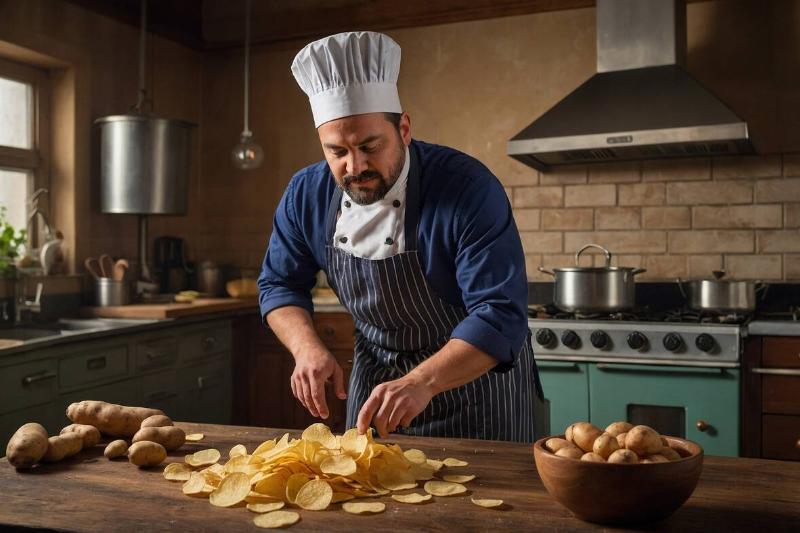
Potato chips, a beloved snack, were inadvertently created by chef George Crum in 1853. Frustrated with a customer who repeatedly sent back fries for being too thick, Crum sliced potatoes paper-thin and fried them until crispy.
To his surprise, the customer loved the new creation. This culinary accident led to the widespread popularity of potato chips, transforming them into a staple snack enjoyed by people worldwide.
The Invention of Superglue
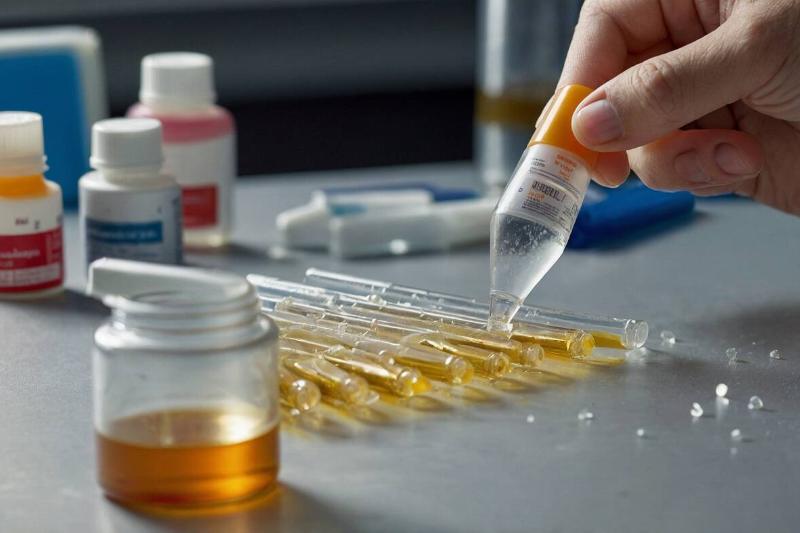
Superglue, a powerful adhesive, was discovered by Harry Coover at Eastman Kodak in 1942. Initially dismissed as a nuisance due to its stickiness, Coover realized its potential years later.
This cyanoacrylate adhesive bonds instantly to various surfaces without heat or pressure. Superglue's accidental invention found applications in diverse fields, from household repairs to medical procedures, proving invaluable for its strong, fast-setting properties.
The Creation of Velcro

Velcro, a widely-used fastening system, was invented by Swiss engineer George de Mestral in 1941. Inspired by burrs clinging to his dog's fur after a walk, he examined them under a microscope, discovering their hook-like structure.
De Mestral replicated this mechanism with nylon, creating a practical and versatile fastening solution. Velcro's accidental invention has since found applications across industries, from clothing and footwear to aerospace technology.
The Discovery of the Color Mauve
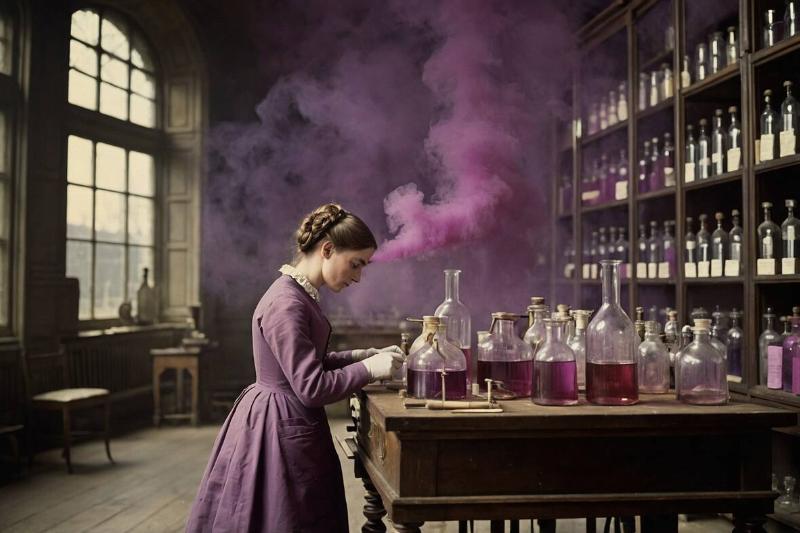
The color mauve, a vibrant dye, was discovered by chemist William Perkin in 1856. While attempting to synthesize a malaria drug from coal tar, Perkin accidentally produced a purple dye. Intrigued, he perfected the process, creating a colorfast and vibrant dye.
Mauve's introduction revolutionized the textile industry, sparking a fashion craze and establishing Perkin as a pioneer in synthetic dyes, paving the way for modern chemistry in textiles.
The Development of Plastics
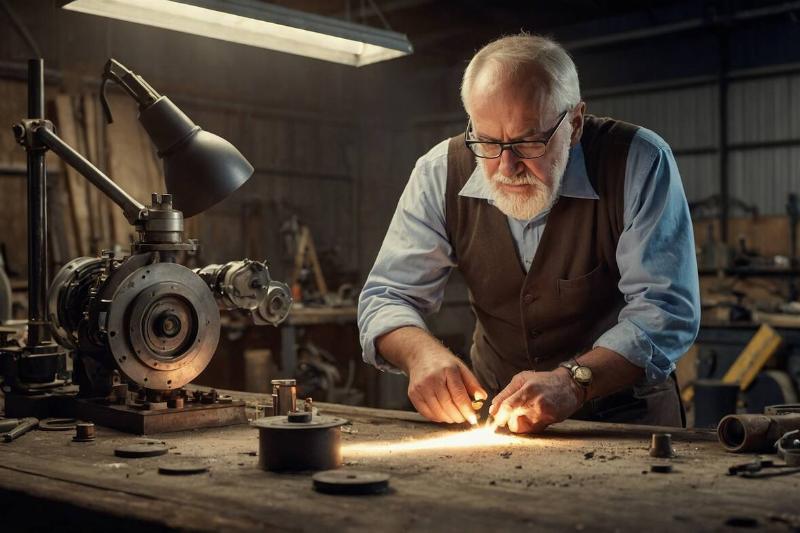
Plastics, a transformative material, emerged from Charles Goodyear's experiments in the 1830s. By accidentally heating a mixture of rubber and sulfur, Goodyear discovered vulcanization, enhancing rubber's strength and durability.
This breakthrough laid the groundwork for modern plastics, which have since become integral to countless industries, from packaging to automotive. This accidental discovery has reshaped manufacturing, offering versatile and cost-effective solutions that continue to drive innovation.
